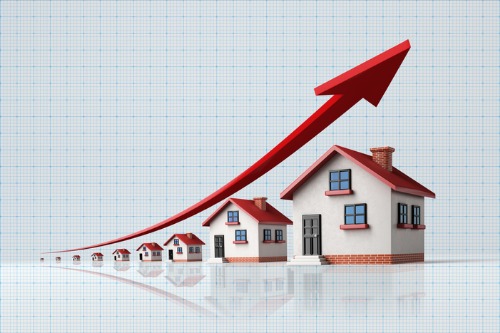

The growth rate of housing values across Australia eased in October, according to recent figures from CoreLogic.
Australian housing values rose by 1.5% in October, which the analytics firm said is a similar result to August and September. However, taking the monthly change out another decimal point shows the market is continuing to slowly lose momentum since moving through a peak monthly rate of growth in March (2.8%).
Nationally, the analytics firm said that the monthly growth rate eased to 1.49% in October from 1.51% in the previous month.
Tim Lawless, research director at CoreLogic, said that slowing growth conditions are a factor of worsening housing affordability, rising supply levels, and less stimulus.
“Housing prices continue to outpace wages by a ratio of about 12:1,” said Lawless. “This is one of the reasons why first home buyers are becoming a progressively smaller component of housing demand. New listings have surged by 47% since the recent low in September and housing focused stimulus such as HomeBuilder and stamp duty concessions have now expired. Combining these factors with the subtle tightening of credit assessments set for November 1, and it’s highly likely the housing market will continue to gradually lose momentum.”
Meanwhile, CoreLogic data found that unit markets have generally continued to record a lower rate of growth relative to houses, with this trend most evident in the annual results.
In the largest capitals, Sydney house values are up a whopping 30.4% compared to a 13.6% rise in unit values, while in Melbourne house values rose 19.5% over the year compared with a 9.2% gain in unit values.
This trend is less evident across regional areas of Australia where the performance gap between houses and units is relatively small.
“As housing becomes less affordable, we expect to see more demand deflected towards the higher density sectors of the market, especially in Sydney where the gap between the median house and unit value is now close to $500,000,” said Lawless. “With investors becoming a larger component of new housing finance, we may see more demand flowing into medium to high density properties. Investor demand across the unit sector could be bolstered as overseas borders open, which is likely to have a positive impact on rental demand, especially across inner city unit precincts.”
